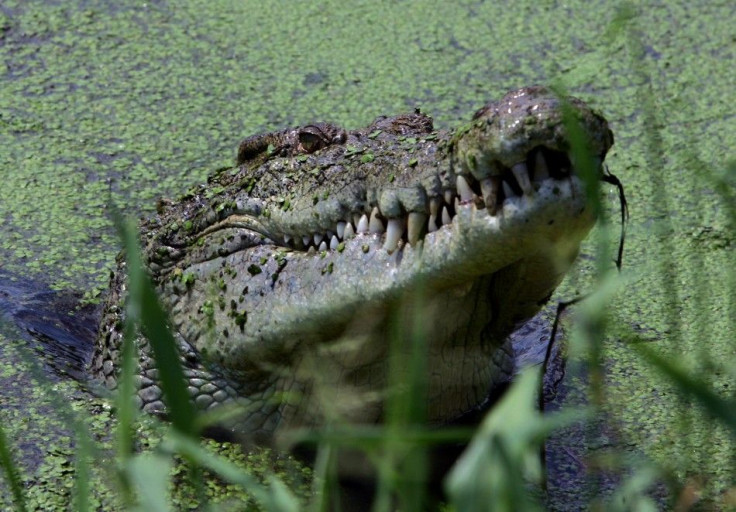Scientists Discover Giant Ancient Crocodile Fossil in Columbia

A team of Florida scientists has discovered the fossil of a giant crocodile from a Colombian coal mine.
The fossil was discovered from the Cerrejón mine, the same place where the world's largest known snake - the Titanoboa - was found. Details of the study on the fossil were published in the latest edition of Palaeontology.
The study, conducted by Jonathan Bloch and Smithsonian Tropical Research Institute paleobotanist Carlos Jaramillo, suggests that the 20-foot freshwater crocodile used to share the South American rivers with the Titanoboa. The crocodile had long and narrow snout with full of sharp teeth.
The Titanoboa could grow more than 40 feet long and, like the newly-found giant crocodiles, used to hunt lungfish and bonefish relatives. This means both these giant ancient reptiles used to compete for food around 60 million years ago.
The younger individuals were definitely not safe from Titanoboa, but the biggest of these species would have been a bit much for the 42-foot snake to handle, said lead author Alex Hastings from the Florida Museum of Natural History.
The same thing that snuffed out the dinosaurs killed off most of the crocodiles alive at the time. The dyrosaurids are one of the few groups to survive the extinction and later become more successful, Hastings said in a press release.
The fossil of the giant crocodile, dubbed as Acherontisuchus guajiraensis, suggests that dyrosaurids played the pivotal role in northeastern Colombia and diversity within the Paleocene reptile family evolved with environmental changes.
Study on the ancient crocodile and how they responded to evolution will help the scientists understand how the present-day crocodiles will survive in the coming days of global warming.
© Copyright IBTimes 2024. All rights reserved.











